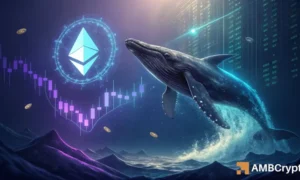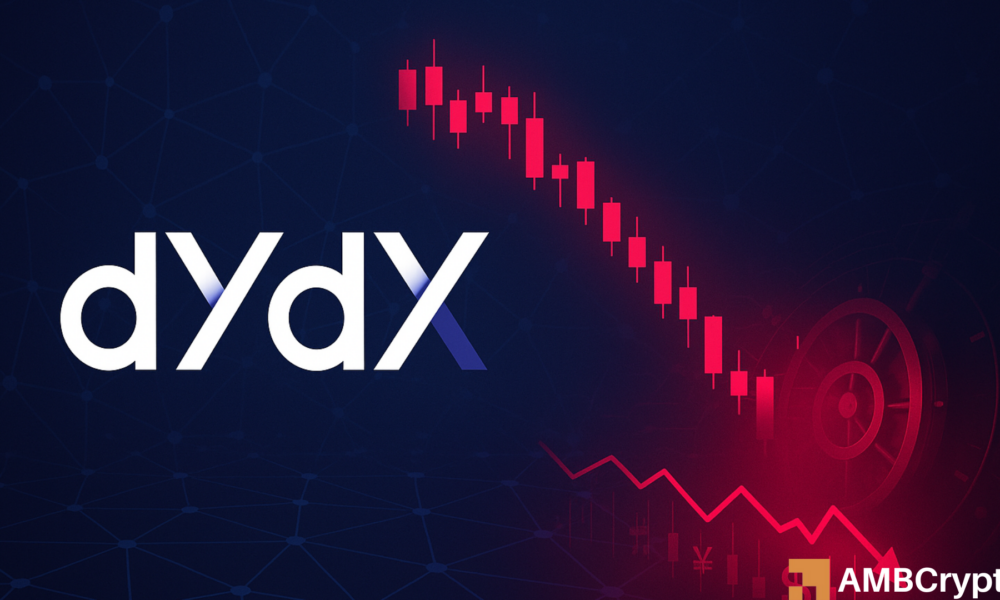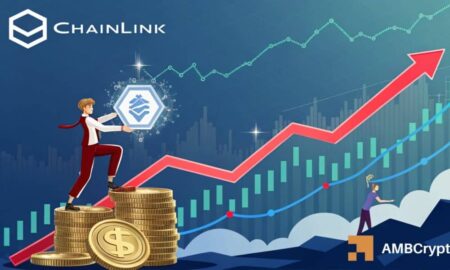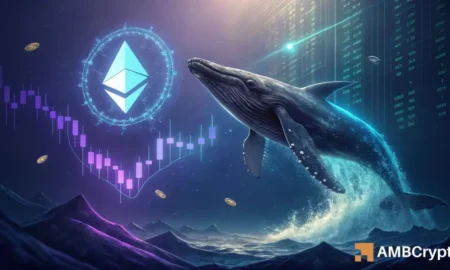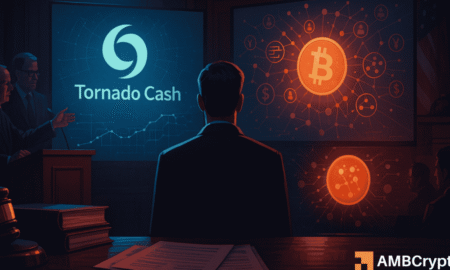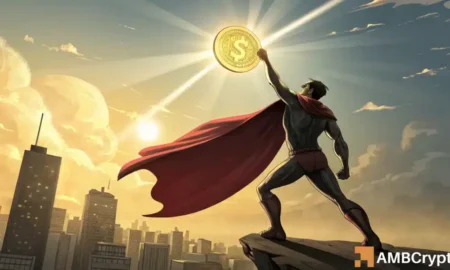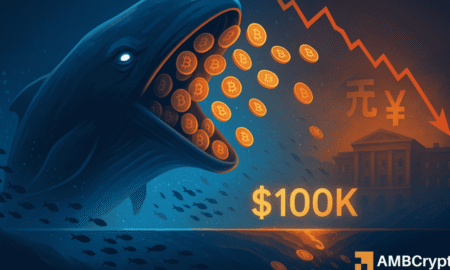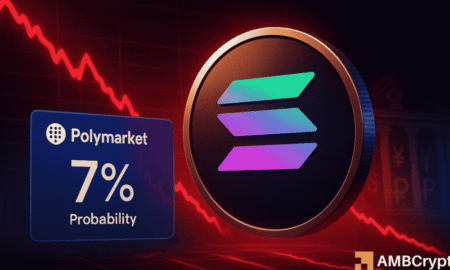dYdX Governance Triples Token Buyback Allocation: What You Need to Know
On November 14, 2025, the dYdX community made headlines by approving proposal #313, a landmark decision that tripled the token buyback allocation from 25% to 75% of net protocol fees. This bold move, supported by 59.38% of voters, is designed to reshape the revenue distribution of the popular decentralized derivatives exchange. The new buyback program is among the most substantial in the decentralized finance (DeFi) landscape, aiming to not only bolster the project’s tokenomics but also instill confidence in the market.
The Impact of the Buyback Program
The newly approved buyback scheme significantly alters the financial framework under which dYdX operates. Originally launched in March 2025, the initial program allocated a modest 25% of trading fees for token repurchases. Since its inception, this initiative successfully repurchased over 5 million DYDX tokens. Under the revamped structure, 75% of the protocol’s revenue will now be directed towards purchasing DYDX tokens on the open market. The remaining fees are earmarked for the Treasury SubDAO and MegaVault, each receiving 5%. This redistribution of funds aims to strengthen DYDX’s market position by reducing its circulating supply.
Projected Outcomes from Enhanced Buybacks
Industry analysts foresee substantial implications from this aggressive buyback strategy. Based on current price levels, the protocol could potentially repurchase up to 5% of its total supply annually. This is especially relevant as dYdX had generated $46 million in net revenue in 2024, suggesting that the upgraded buyback program could dramatically diminish available tokens in circulation. This systematic approach not only aims to boost the price of DYDX in the long term but also reinforces the token’s intrinsic value.
Strategic Market Timing
Timing played a crucial role in enacting this significant governance change. The dYdX community strategically positioned the buyback increase to initiate a supply squeeze, as historically, DeFi tokens have shown an average price increase of 13.9% following such announcements. This insight stems from research conducted by Nethermind, which supports the notion that the new allocation strengthens the project’s tokenomics and signals robust market confidence. By purchasing tokens in this inflationary environment and subsequently staking them with validators, dYdX aims to improve network security while keeping resources out of active circulation.
Mixed Market Reaction
Despite the bullish sentiment surrounding the buyback announcement, DYDX faced a muted market response. On the day of the announcement, the token fell by 3.53%, trading at approximately $0.3060. Alarmingly, since September, DYDX has witnessed a staggering drop of over 56%, plummeting from around $0.70. This hesitation among traders may suggest that they are exercising caution despite the opportunity that the enhanced buyback program presents. However, as the buyback strategy is likely to procure tokens at lower prices, a future upward trend might be on the horizon.
Broader Implications for the DeFi Landscape
The tripling of the buyback allocation highlights an important shift in the broader DeFi landscape. Such aggressive initiatives indicate a trend among decentralized platforms seeking to enhance tokenomics through strategic financial maneuvers. While dYdX leads this movement with a landmark governance decision, other DeFi platforms may follow suit, adjusting their economic models to ensure sustainability and growth. This could trigger a paradigm shift, encouraging more robust governance and community participation across decentralized platforms.
Conclusion: A New Era for dYdX
In conclusion, the approval of proposal #313 by the dYdX community marks a significant milestone in the protocol’s governance and economic restructuring. The substantial increase in the buyback allocation serves to strengthen its market position, potentially stabilizing and elevating the DYDX token’s price in the long run. As the DeFi sector continues to evolve, dYdX’s proactive stance sets a compelling example for other projects in the space. While immediate market reactions appear hesitant, the long-term potential of the enhanced buyback program could usher in a new era of growth and resilience for the platform. As enthusiasts and investors continue to monitor the developments, the dynamics of decentralized finance are poised for exciting transformations ahead.


